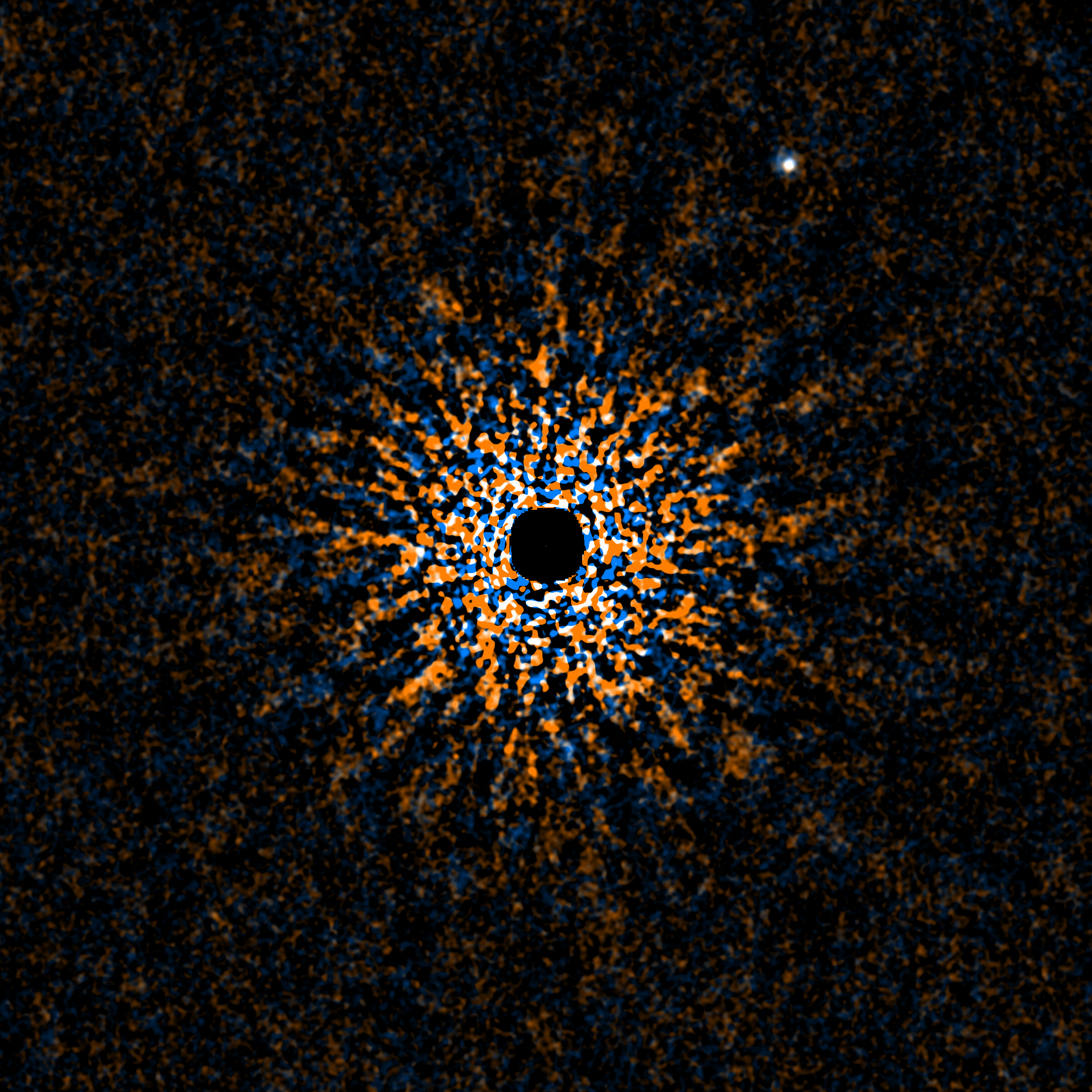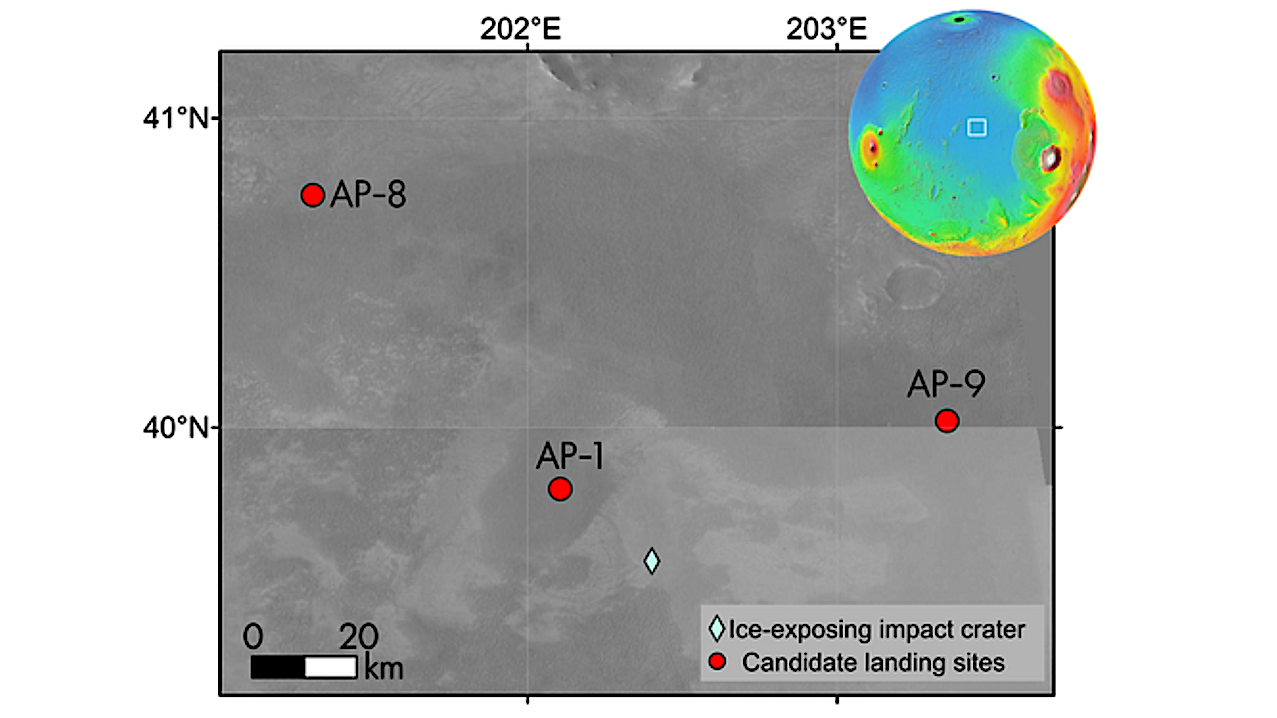Now Reading: ‘2nd Jupiter’ exoplanet seen 60 light-years away | Space photo of the day for June 23, 2025
-
01
‘2nd Jupiter’ exoplanet seen 60 light-years away | Space photo of the day for June 23, 2025
‘2nd Jupiter’ exoplanet seen 60 light-years away | Space photo of the day for June 23, 2025

Exoplanets, planets that exist beyond the reaches of our social system, are a key focus for astronomers as they can help uncover a variety of mysteries in our universe, from how the cosmos originally formed to if there’s life on other worlds.
What is it?
Exoplanet GJ 504 b orbits the star GJ 504, similar to how Earth orbits the sun. Experts estimate its size to be three to six times more massive than Jupiter, which has caused some astronomers to refer to it as a “second Jupiter.”
Where is it?
GJ 504 b’s main star is located in the constellation Virgo, which is about 60 light-years away. The distance between the exoplanet and its star, GJ 504, is 44 astronomical units (au), around the same distance between the sun and Pluto in our solar system.

Why is it amazing?
Experts in the the Strategic Explorations of Exoplanets and Disks with Subaru (SEEDS) project captured this image, using a special coronagraph imager, which allows cameras to see beyond the brightness of a star. The goal of the SEEDS project has been to conduct direct observations of exoplanets, like GJ 504 b, to try to explore their features.
Exoplanets, including GJ 504 b, are often very faint, making them hard to photograph directly. When scientists are able to image them, they can then analyze the exoplanets and classify them more accurately. For GJ 504 b, this image helped researchers determine that GJ 504 b has a temperature of 500 Kelvin (440.33 degrees Fahrenheit or 230 degrees Celsius), which is high for humans but very low for a planet. The exoplanet also has fewer clouds in its atmosphere than other exoplanets found, according to the SEEDS project.
Want to learn more?
You can read more about exoplanet tracking and GJ 504 b as the SEEDS project continues to look for more exoplanets in the far reaches of our universe.
Stay Informed With the Latest & Most Important News
-
 012024 in Review: Highlights from NASA in Silicon Valley
012024 in Review: Highlights from NASA in Silicon Valley -
 02Panasonic Leica Summilux DG 15mm f/1.7 ASPH review
02Panasonic Leica Summilux DG 15mm f/1.7 ASPH review -
 03How New NASA, India Earth Satellite NISAR Will See Earth
03How New NASA, India Earth Satellite NISAR Will See Earth -
 04And Thus Begins A New Year For Life On Earth
04And Thus Begins A New Year For Life On Earth -
 05Astronomy Activation Ambassadors: A New Era
05Astronomy Activation Ambassadors: A New Era -
06SpaceX launch surge helps set new global launch record in 2024
-
 07From Polymerization-Enabled Folding and Assembly to Chemical Evolution: Key Processes for Emergence of Functional Polymers in the Origin of Life
07From Polymerization-Enabled Folding and Assembly to Chemical Evolution: Key Processes for Emergence of Functional Polymers in the Origin of Life




















